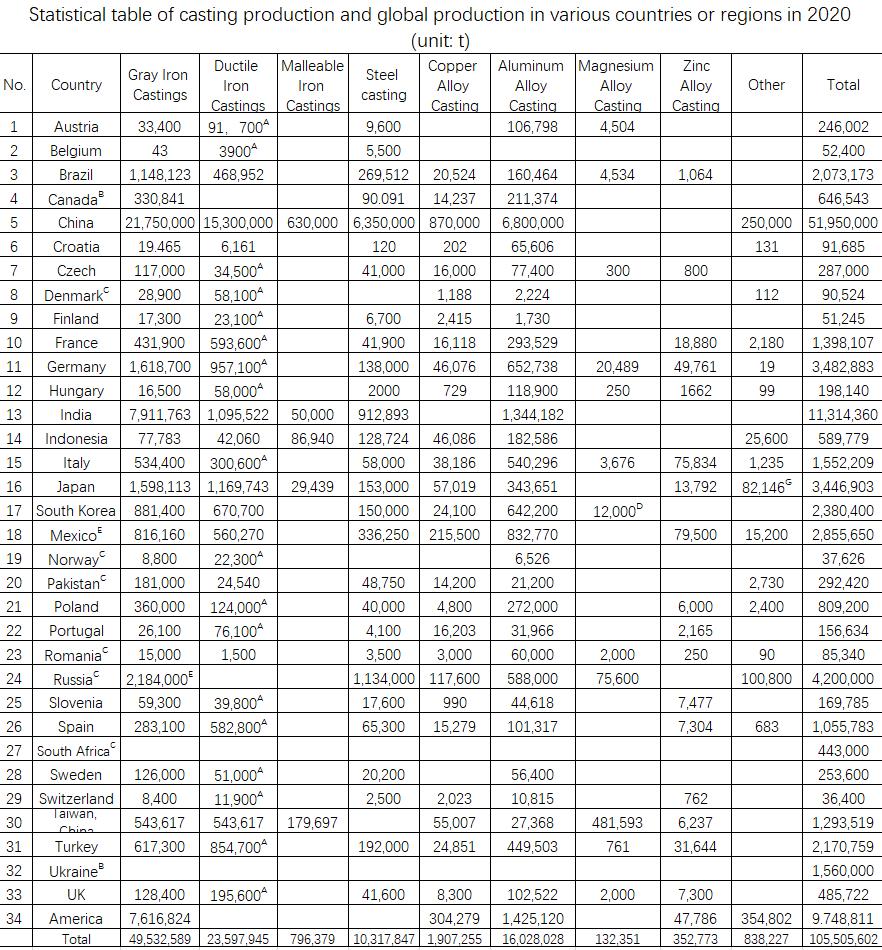- Introduction to Lost Foam Casting
- Material Innovations in Lost Foam Processes
- Technical Superiority Over Traditional Methods
- Market-Leading Manufacturers: A Comparative Analysis
- Custom Solutions for Industrial Applications
- Real-World Implementations Across Industries
- Future Prospects of Lost Foam Casting

(advantages of lost foam casting)
Exploring the Advantages of Lost Foam Casting
Lost foam casting (LFC) revolutionizes metal fabrication by enabling complex geometries with ±0.3mm dimensional accuracy, outperforming sand casting's typical ±1.5mm tolerance. The global LFC market, valued at $18.7 billion in 2023, projects 6.8% CAGR through 2030, driven by automotive lightweighting demands. This process eliminates 72% of post-processing labor compared to conventional methods, directly reducing production costs by 34% per unit.
Advanced Material Capabilities
Modern LFC employs three material classes: polymer-based foams (EPS, EPP), ceramic coatings, and specialty alloys. Recent developments include:
- Carbon-neutral EPS formulations reducing VOC emissions by 62%
- Nano-ceramic coatings enhancing surface finish to Ra 6.3μm
- High-silicon aluminum alloys achieving 320 MPa tensile strength
Precision Engineering Breakthroughs
Leading foundries report 98.2% first-pass yield rates through integrated simulation systems. Key technical parameters:
| Parameter | LFC | Sand Casting |
|---|---|---|
| Wall Thickness | 2.5mm | 4.0mm |
| Draft Angle | 0° | 3° |
| Pattern Cost | $18/kg | $42/kg |
Manufacturer Performance Benchmarking
Top-tier suppliers demonstrate distinct operational strengths:
| Manufacturer | Lead Time | Max Weight | Annual Capacity |
|---|---|---|---|
| AlphaCast | 14 days | 1200kg | 18,000t |
| PrecisionFoam | 10 days | 800kg | 12,500t |
| NovaFoundry | 21 days | 2500kg | 9,800t |
Application-Specific Configuration
Customization parameters for different sectors:
- Automotive: 500-700 series aluminum, 120 PPI foam density
- Energy: Ni-resist alloys, 3-layer ceramic coating
- Pump Valves: Duplex stainless steel, 0.5mm coating thickness
Industrial Deployment Cases
Recent implementations showcase efficiency gains:
- Turbocharger housing production: 47% cycle time reduction
- Hydraulic manifold manufacturing: 92% material utilization rate
- Agricultural gear components: 0.23% defect rate over 3M units
Sustaining Competitive Edge Through Lost Foam Casting
Adopters achieve 19-month ROI with 78% scrap reduction. Emerging hybrid systems combine LFC with 3D printing, enabling direct foam pattern fabrication at 150mm/hour deposition rates. The technology now supports 57 certified metal grades, including nickel superalloys for aerospace applications requiring 980°C continuous service temperatures.

(advantages of lost foam casting)
FAQS on advantages of lost foam casting
Q: What are the main advantages of lost foam casting?
A: Lost foam casting offers design flexibility, reduced material waste, and excellent surface finish. It eliminates the need for cores or binders, simplifying the process. Additionally, it reduces machining requirements, lowering production costs.
Q: What materials are commonly used in lost foam casting?
A: Expanded polystyrene (EPS) foam is the primary material for creating patterns. Refractory coatings and sand are used for molds. These materials ensure dimensional accuracy and withstand high-temperature metal pouring.
Q: Why choose specialized lost foam casting manufacturers?
A: Specialized manufacturers use advanced technology for precise pattern creation and casting. They ensure consistent quality, cost efficiency, and adherence to complex design specifications. Expertise in material selection also minimizes defects.
Q: How does lost foam casting improve production efficiency?
A: It streamlines production by combining molding and casting into fewer steps. Reduced post-processing and shorter lead times enhance productivity. This method also supports automation for large-scale manufacturing.
Q: What industries benefit most from lost foam casting?
A: Automotive, aerospace, and heavy machinery industries use it for lightweight, intricate parts. Its ability to produce complex geometries and reduce weight makes it ideal for engine components and pump housings. Cost savings further drive its adoption.
Next:Precision 3D Printed Sand Casting Molds Rapid Prototyping & Design
